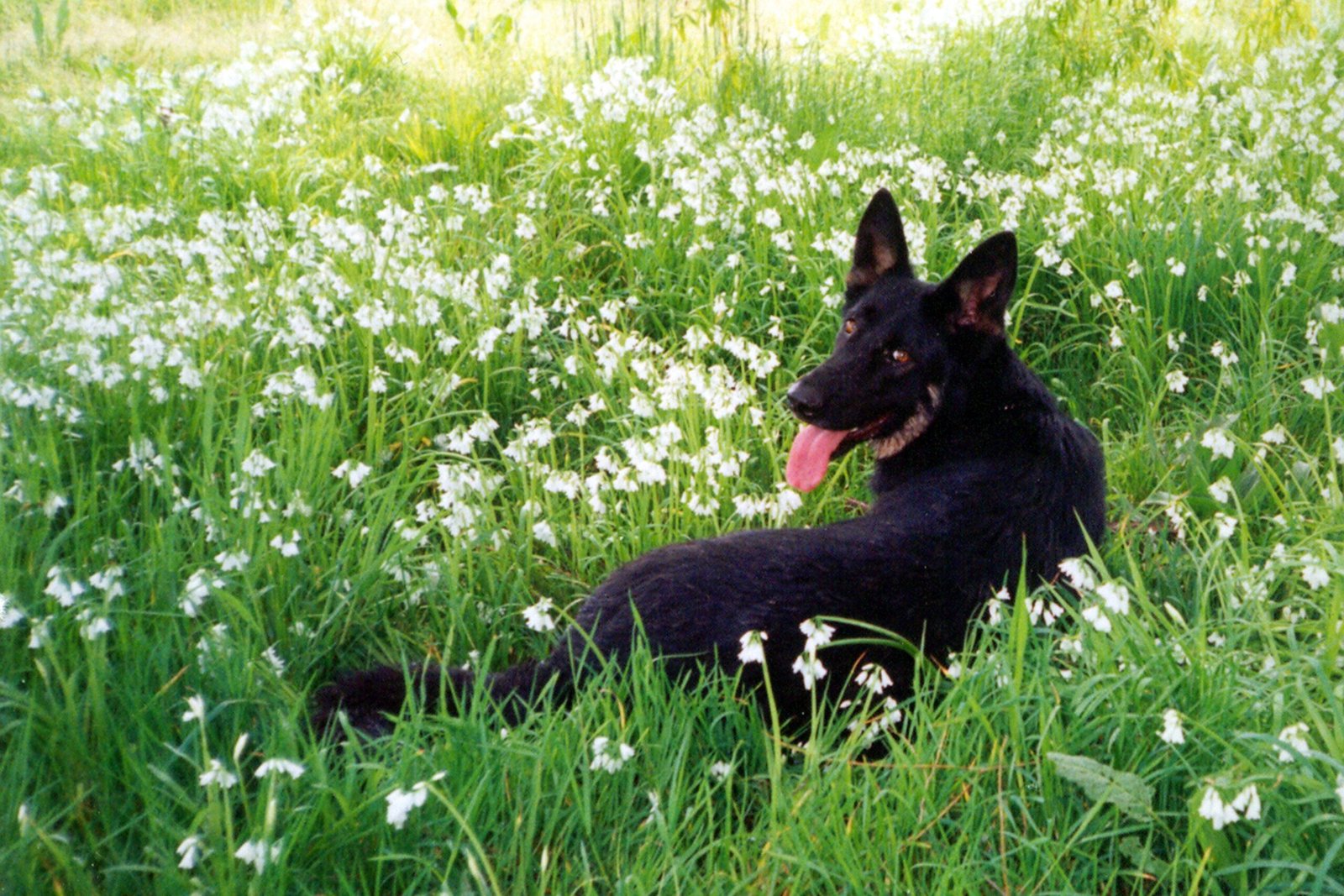Acupuncture is an ancient procedure used in Traditional Chinese Medicine (TCM) for the treatment of whole-body conditions. It is the application of small-gauge needles to various points on the body for the purpose of eliciting physiological responses in the treatment of many diseases or conditions, but especially for relieving pain.
Its origins are uncertain, but research has uncovered a primitive acupuncture-like therapy being practiced in India some 7000 years ago, and Stone Age humans used fish-bone needles in China 5000 years ago. One of the earliest records of veterinary acupuncture was some 3000 years ago in India for the treatment of elephants; however, the father of veterinary acupuncture is generally considered to be Shun Yang (480 BC) from China.
Along with acupuncture’s increased use in human medicine, veterinary acupuncture has moved closer to mainstream practices. Today its estimated that a 1/3 of partitioning acupuncturist specialise in animal health.
To understand the basics of acupuncture it is important to comprehend the tradition out of which it developed. In TCM, animals (and humans) are viewed as tiny parts of an infinite universe subject to laws that govern all living and nonliving things. The fundamental concept is that an animal (or person) who follows these general laws of nature will reap the benefits of good health.
Acupuncture is not a stand-alone procedure in this framework; rather, it is a part of a much larger medical system encompassing acupuncture, massage, breathing exercises, nutrition, herbal medicine and even philosophy of life.
In the hands of a properly trained clinician, the animal does not appear to have any discomfort at all during an acupuncture procedure. Inserting the needles to the proper depth and angle, manipulating them during the treatment and removing them all are techniques that can be achieved only through training and extensive practice. This is why it is so important to consult a properly certified veterinary acupuncturist.
In the general treatment of ailments, it may take a few sessions to know if acupuncture therapy will be effective. Treatments vary in length and may be recommended weekly. The long-term goal should always be the minimum required sessions for effectiveness. This may be every six months for arthritis or could be every two months for other conditions. Both frequency and duration of treatment will depend on the animal and the ailment.
Acupuncture, together with TCM or Western medicine, may be considered in the treatment of a vast array of conditions. In studies conducted on dogs, acupuncture was found to be beneficial in cases where analgesics and anti-inflammatory medications had been ineffective, or had demonstrated side effects, and in cases where surgery was not recommended. Another study found that acupuncture enhanced the efficacy of antibiotic treatment for canine otitis crises.
Favourable acupuncture results have been reported in the treatment of many canine conditions, including: cardiovascular disorders, chronic respiratory conditions, dermatological disorders, gastrointestinal disorders, gynaecological disorders, immune-mediated disorders, male reproductive disorders, musculoskeletal disorders, neurological disorders, reproductive disorders , thoracolumbar and cervical disc disease.
Deciding if your pet should be treated by acupuncture often depends on the pet itself and the condition afflicting it. There are some situations in which acupuncture may not be effective or should not be used. Extremely anxious pets can sometimes be so excitable that they release adrenaline, which counteracts acupuncture’s benefits.
Before you make a decision on any treatment it is important to get a qualified veterinary diagnosis and then look at all the options, including acupuncture and those offered by conventional medicine.

